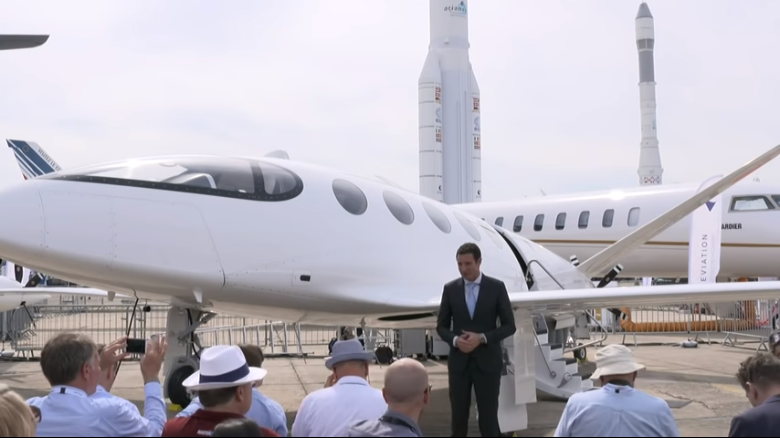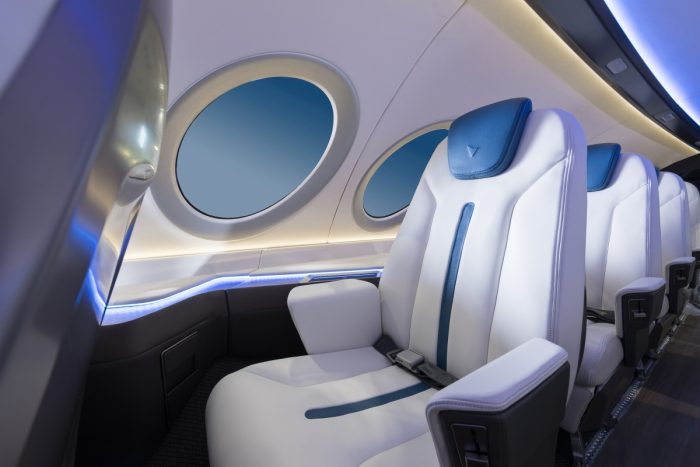Sustainable private flights and aviation, moving on up
As people are getting more aware of the consequences of pollution on climate change, some advocate a reduction of travel by plane, either by new taxes or by more compelling legislation. Some even demand an interruption of flights. The latter would be a huge mistake, since aviation is the only transportation means capable of connecting the world rapidly and efficiently. Not to mention entire continents, such as Africa and South America, that you just don’t have sufficient roads and railways for trade and travel. As I pointed out in a previous post, CO2 production of aviation amount at only 1.8% of total global CO2 emissions. Nonetheless, remarkable advances are being made to render aviation and private flights more sustainable.
Aviation keeps becoming more and more sustainable
Let me list the progresses made or in the making
- in the last 40 years airplanes have become 40% more fuel-efficient
- sustainable aviation jet fuel, o SAJF, is spreading
- electric aircrafts are not yet available in the near future, but are evolving at a fast pace
- Eviation Alice, the first electric commuter passenger plane or private jet, will start service in 2020.
1 Increasing fuel efficiency
Not only Airbus and Boeing claim a 20% increase in fuel efficiency for nearly every new plane that they conceive (for instance the Airbus a 220 and Boeing 787), but usage of turboprops, for commercial and private flights, ison the rise. Turboprops are more fuel-efficient than jets for flights not exceeding 800 km. We can reckon that fuel consumption per 10 km/passenger of alla commercial jets is averaging 3,5 liters. To do better, cars, which have an average consumption of about 9 L per 100 km, must carry at least three passengers.
2 Sustainable aviation jet fuel, or SAJF, is spreading
Huge companies like BP are developing biofuel, either from organic waste, plants or even used cooking oil. If we are to consider the whole cycle of production and consumption of biofuel, we reckon that it produces about 50% less CO2 than fossil fuels, because the carbon it contains is already present in the nature. In may 2019, a total of 23 business aircrafts using alternative fuels arrived at Geneva Airport for the annual European Business Aviation Convention & Exhibition (EBACE). In addition to EBAA and NBAA (National Business Aviation Association of the USA), the development of SAJF has been promoted by a coalition of industry organizations, including the General Aviation Manufacturers Association (GAMA), the International Business Aviation Council (IBAC) and the National Air Transportation Association (NATA). Learn more about the SAJF initiative at futureofsustainablefuel.com.
Leaders from that coalition include: Air BP, Avfuel, Aviator, Bombardier, Cirrus Aircraft, Daher, Dassault Aviation, Diamond Aircraft, Embraer, Gulfstream, JSSI, NESTE, Textron Aviation and World Fuel Services.
3 Electric planes
I have already written here about electric planes and the fantastic new ones soon to arrive on the market.
4 Eviation’ s Alice

Eviation’ s Alice stands out as an already viable electric aircraft. Its specifications are impressive:
- operating cost: seven cents of dollar per kilometer/passenger= awesome

Alice attracted quite a crowd in Paris. Photo Eviation - range: 1,000 kilometers
- capacity: nine passengers
- speed: more than 600 km/h
- Recharging time: just count an hour of recharging for two hours of flight= simply outstanding.

Alice – seats
Sustainability is a bonanza for private jets
If we are to consider that, in Europe and in the USA, small airports for private jets are 10 times more numerous than big commercial airports, we can realize that operating cost is the most important reason preventing a large diffusion of private jets. Sustainability should decrease operating cost of flying, so private planes are poised to take advantage of it, since they can land much closer to passenger destination.


